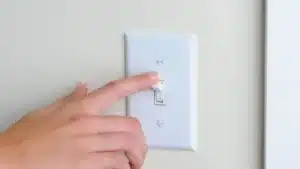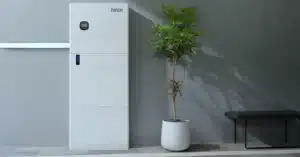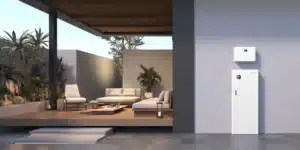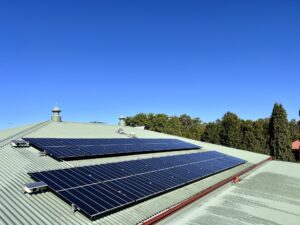From time to time we get enquires from customers that have had solar installed and aren’t seeing a change in their bills. While solar systems can fault and we take these enquires seriously, a lot of the time this is due to a usage issue. There are a few things you should remember after your solar is installed. Solar is a marvelous thing but it’s not always as simple is putting it on the roof and forgetting about it.
Are you following the Feed-in tariff rules?
The first and probably most important thing is understanding your feed-in tariff (FiT). Depending on where you live and who your energy provider is, your FiT will vary. If your solar was installed before 2013 and your FiT is 44c/kWh or above, then you should export your solar energy. Customers with significantly high FiTs like these are better off using all their power at night and exporting their energy because they receive more in credit than what they would save.
If your system was installed after 2013, then your FiT will be somewhere between 7c/kWh – 20c/kWh. If this is the case for you then you need to be using as much of your solar as possible. That’s because what you could save by using the solar (between 25c/kWh – 50c/kWh) is more than the credit you would receive for exporting the energy.
The variance between your electricity rate and FiT are different across locations but the general rule of thumb is DO NOT EXPORT. Remember that for every kWh you export, the difference between the grid rate and FiT is what you are losing. Let’s look at some examples:
| Location | Electricity Rate | Feed-in tariff rate | Difference |
| Regional Queensland | 28c/kWh | 7c/kWh | -21c/kWh |
| South East Queensland | 25c/kWh | 10c/kWh | -15c/kWh |
| Adelaide | 34c/kWh | 12ckWh | -22ckWh |
| Melbourne | 28c/kWh | 12ckWh | -16ck/kWh |
Are you using Timers?
Most new appliances have inbuilt timers. This means you can set your dishwasher, washing machine and dryer to run in the middle of the day while you’re at work and your solar production is at its peak. If you’re not at home during the day then this is one of the best things you can do to maximise your solar.
If you have electric hot water, when you purchased your solar system, your sales representative should have suggested you purchase a hot water timer. This marvelous little device will use your solar to heat your hot water system which can account for 30% of your energy bill.[i] If you don’t have a hot water timer, I recommend contacting your local Master Electrician to purchase one and have it installed. Remember, this is a large part of your energy bill! To learn how to change your hot water timer, click here.
If you have a pool, then you know your pool pump is also a huge energy user. The average swimming pool costs between $800 and $1,200 a year to run and can account for 17% of your electricity bill.[ii] If you haven’t already, you need to purchase a timer for your pool pump so that you can set it to run when your solar is at it’s peak.
If you have electric hot water and a pool, you could be covering up to 47% of your total electricity costs with your solar by using timers. That’s not including timers on your appliances or the energy you might be using in the morning and afternoon.
Did you double your energy usage after install?
A common thing that people do after installing solar is start using their energy like there is no tomorrow. Just because you have solar doesn’t mean you can run every light, appliance, fan and air conditioner 24 hours a day. Your system would have been sized to suit your usage so remember that unless you opted for a larger system, your system capacity is paired to your current usage. It’s also important to remember that your solar won’t work at night. Having solar installed isn’t going to help the four air conditioners you’re running at 19 degrees from 8PM – 5AM every morning.
Is your system clean and free of shade?
Like your car, your solar system needs to be cleaned. Debris on your solar system affects its production. For peak performance, we recommend having your solar system checked an cleaned every 12 months. It’s important to remember that debris on one panel will affect the production of all the panels on that string. That means that if one of your panels is shaded or covered in bird droppings, it will affect the production of all the panels in that string. You should also be vigilant of shading. Remember that trees grow and while your system may not have been shaded when it was installed, it could be now. Make sure you’re trimming trees around the home which might affect your solar production.
Solar is one of the best investments you’ll ever make. It not only saves you money but also reduces your carbon footprint. But it’s important to remember that its’s not a magic wand that will make you energy bill disappear. Like anything good in life, it requires a little work. The more proactive and conscious about your usage you are, the better your results will be.
[i] How much of your Electricity Bill is for Hot Water?
[ii] Swimming pool electricity usage explained
[iii] Solar Feed-in Tariff com

Founder of Horan & Bird. Director of Master Electricians Australia and Board Member of Solar Accreditation Australia. John has played a key entrepreneurial role in the transformation of the Energy Landscape in Queensland.





